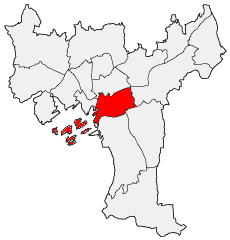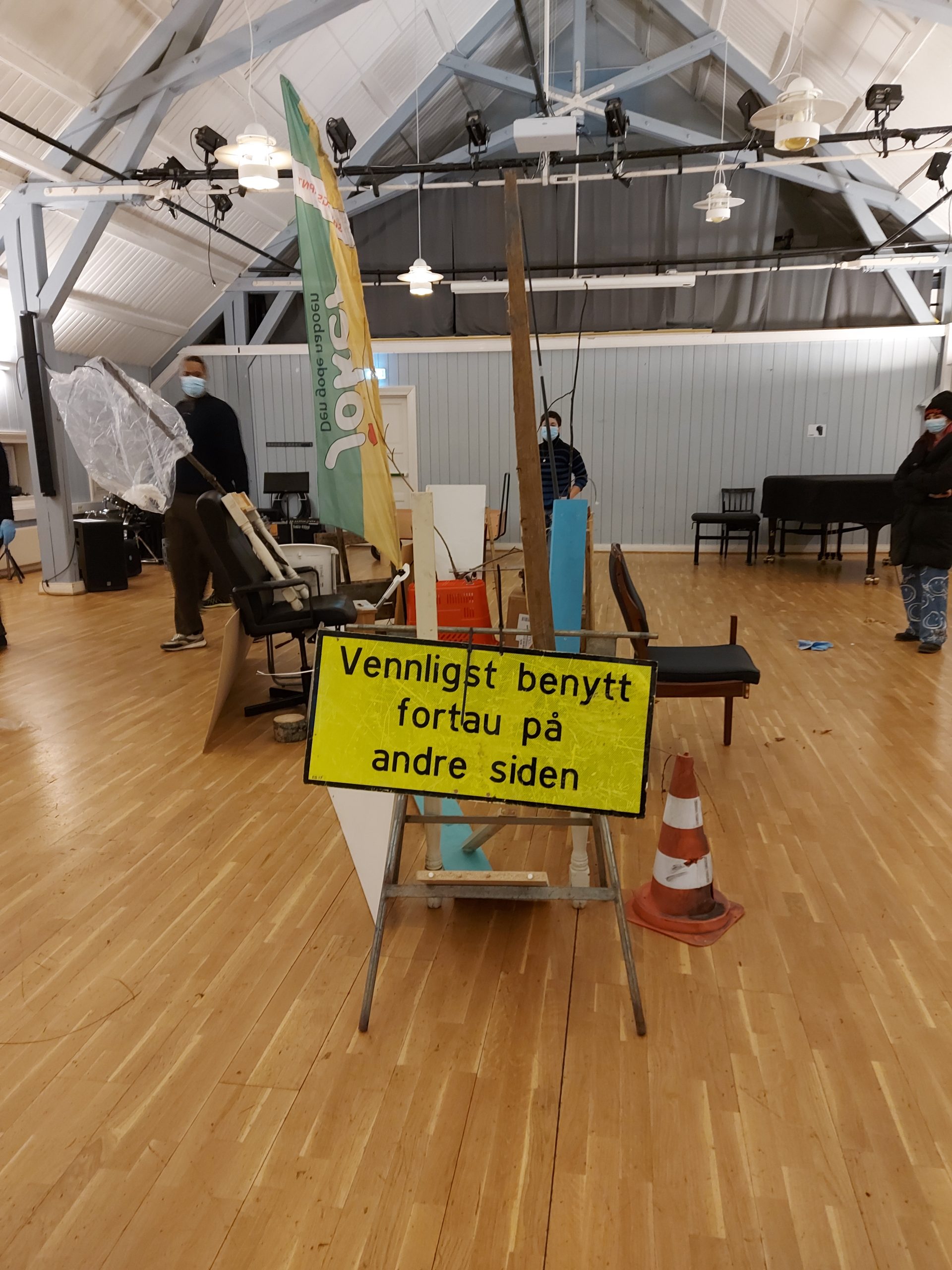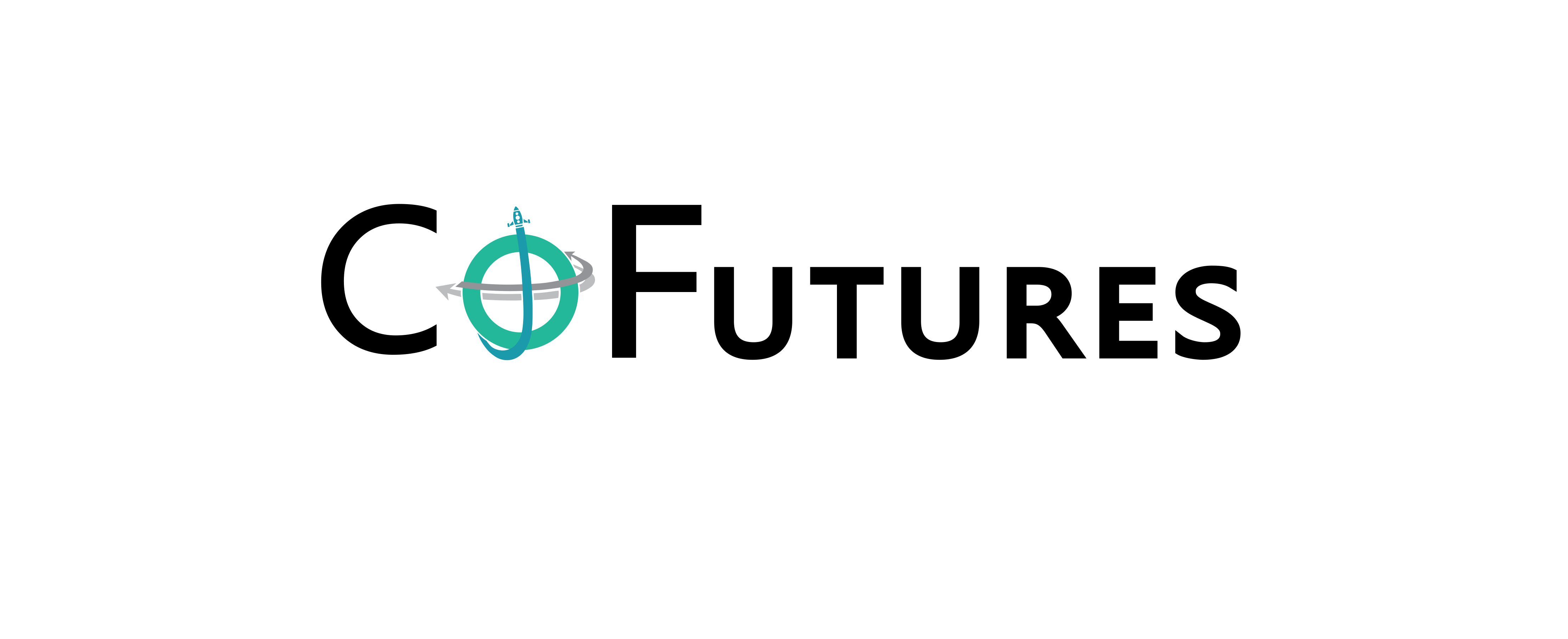BEYOND BARCODE
The Experiment
Everyone has the right to imagine their own future, but it can be difficult to break with visions established by popular culture and media. What if we dig deeper, and train our brains to think of the future in plural – as an open and infinite multiverse of opportunities?
Beyond Barcode: Experiments in Radical Futures is a collaborative, research-based exhibition project. It derives from the research project CoFutures and is the result of a partnership between Oslo Museum and the University of Oslo. The project explores many possible futures that may reveal overlooked or marginalised aspects of the future life in Oslo, with a particular focus on Bydel Gamle Oslo.
In this exhibition, you will encounter futures created by locals at Tøyen and Grønland in Oslo, and you can engage in speculation and continue constructing the future yourself. On the journey, you will move in and out of diverse futures – both plausible and less plausible ones. Perhaps you will find a future that suits you? If not, make one yourself!

What if?
We believe that imagining the future is a skill that can be developed and used as a catalyst for inspiration and change. While everyone can imagine their own future, this ability has limited impact on our social life unless we create space and time to develop and present these ideas. Beyond Barcode thus began with a simple challenge: How do we open up a space where everyone feels empowered to imagine and demand their own future? The right to imagine and demand futures is highly mediated by regulations, programs, top-down schemes framed for populations within buildings with steel chrome glass facades, and normative politics of managerial uniformity. What if we could take back that right and started creating many possible, potential, and even preposterous futures of Oslo?
To take on this challenge, we worked with teenagers and youth in Oslo in a series of workshops to design and develop futures over two years. The Beyond Barcode project utilized the CoFutures Literacy and the 6C Value Framework (Chattopadhyay 2019, 2021, 2022), which acknowledges the role the future plays in what we see and do, and expands on it by pluralising futures and futures knowledges through the creation, development and presentation of multiple future imaginaries, reflected in national and planetary challenges of our times. Most workshops were also held at the Intercultural Museum in Grønland in Oslo, a unique site for imagining CoFutures: as a museum concerned with valuing the city’s diversity and histories of immigration, it is also housed in a building that used to be a former police station and prison, allowing us to experiment with the theme of abolition politics and carceral futures.
In these workshops, we explored a set of themes for these futures related to demographic change, climate change, sociopolitical change, and technological change. These versions of the future were then developed into full prototypes together with artists in the Oslo region. According to the Norwegian Monitor’s time series data on feelings of happiness and satisfaction with life, the stable and slightly rising levels of subjective well-being from 1985 have changed from 2009 onwards to show a marked decline for the younger age groups (15-39 years old). The change is traced to the increasing worry over the future and fear for various negative developments (Hellevik and Hellevik 2021). This exhibition project addresses this change directly by promoting the capability of imagining the future, positioning oneself in future imaginaries and exploring the diverse potentials of multiple futures.
